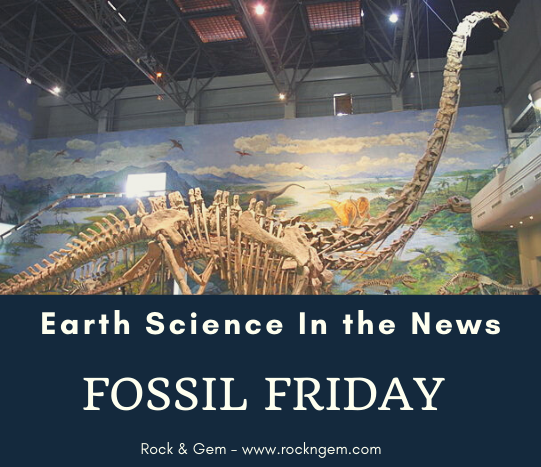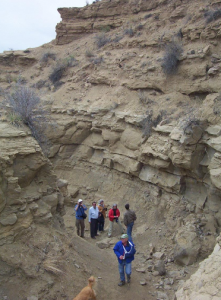
By Jim Brace-Thompson
Plants and Mammals Evolved Side-by-Side
The Mesozoic Era, or the Age of Dinosaurs, ended with a big bang 66 million years ago as an asteroid struck our planet and wiped out 75 percent of living species in one of Earth’s biggest extinction events. This extinction included all non-avian dinosaurs and as much as 50 percent of all plant species.
Scientists have long been surprised at just how quickly mammals (which were also around during the Mesozoic) sprang back from this disaster, growing in size and diversity in a relatively short time span.
Per a recent report in the journal Science about the research efforts of a team led by Ian Miller and Tyler Lyson, it would appear this diversification occurred even more quickly than previously thought. And that mammalian diversity was intimately tied to newly evolving plant diversity, as well as to temperature swings as gauged by the plant fossils.

In the new study, scientists have analyzed a remarkably complete sequence of rocks at Corral Bluffs near Denver, Colorado. This sequence cuts across the boundary between the Mesozoic and Cenozoic Eras (the “K-T boundary”) to show the results of the big asteroid impact and its aftermath. Immediately following the impact, only little rat-sized mammals scurried in a world dominated by ferns.
But within the span of 100,000 years, palm forests were providing habitat for critters the size of today’s raccoons. Within another 200,000 years, walnut-like trees provided nutrients that increased mammalian diversity by a factor of three, with size ever-increasing. Within 800,000 years after the K-T extinction event, legumes appeared on the dinner plate, fueling mammalian diversity and size even more significantly.
Fellow scientists are impressed by the remarkable details of this study and how it marries mammalian recovery and diversity with the jointly evolving plant community.
New Views of Gigantic Sauropods
Sauropods—as represented by such critters as good old Apatosaurus, née, Brontosaurus—are considered the largest animals ever to have trod the land. Today’s blue whales may be bigger, but they dwell in the sea. Sauropods, including Apatosaurus, Diplodocus, and Brachiosaurus, mastered the land during the Age of Dinosaurs and likely shook said land with each massive footfall.
Old views of such behemoths speculated that they couldn’t possibly have supported their own weight and thus must have bobbed along in swamps with tails dragging down behind them. Such views changed in the 1980s, when Apatosaurus and its relatives were re-envisioned galloping across the land, heads held high balanced by long tails held fully erect.
Those new views continue to be revised, as illustrated during a recent meeting of the Society of Vertebrate Paleontology.
Researchers from the University of Bonn (Germany) now paint a picture of sauropods with beaks (much like a turtle) that helped them snap up a nutrient-rich diet in the form of horsetails, not low-nutrient ferns, cycads and conifers as earlier suspected. This view of a more efficient means of eating, along with a more nutritious diet, helps explain how such dinosaurs attained their massive size. It’s also a view contributing to a whole new look at sauropod faces.
Keeping Cool on a Hothouse Planet: How the Dinos Did It
When it comes to keeping cool on a hot planet, use your head. That, apparently, is how the dinosaurs did it. They lived during a period of high temps on Earth and not only survived but thrived, growing to immense sizes. How did such big critters manage to keep their cool?
In the journal Anatomical Record, paleontologists from Ohio University recently released results of a study in which they CAT scanned dino skulls to map their networks of blood vessels. The results show dense networks of blood vessels.
These would have allowed some dinosaurs to radiate excess heat by panting like dogs, thus shedding heat via the moisture-rich regions of the nose, mouth, and jaws.
Author: Jim Brace-Thompson
 Founder and overseer of the AFMS Badge Program for kids.
Founder and overseer of the AFMS Badge Program for kids.
He is also an inductee of the National Rockhound & Lapidary Hall of Fame within their Education Category.















